E-COMMERCE: A Deep Dive Into E-commerce
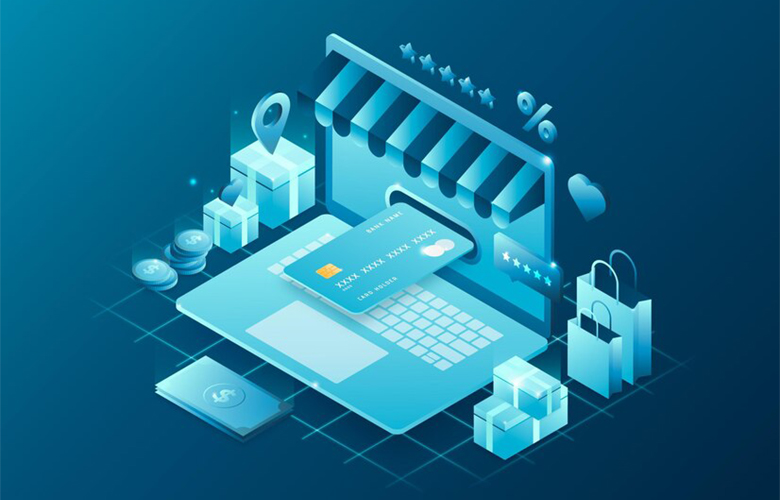
Electronic commerce, or e-commerce, is the exchange of money or
data via an electronic network, usually the internet, for the purchase and sale of
goods and services. There are four main categories of e-commerce transactions:
consumer-to-business, business-to-business, business-to-consumer, and
business-to-business.
It's common to use the terms "e-business" and "e-commerce interchangeably. The
transactional procedures that comprise online retail shopping are also occasionally
referred to as "e-tail."
E-commerce sites like Amazon and eBay have contributed significantly to the rise of
online retail over the past 20 years. The U.S. Census Bureau estimates that 5% of
all retail purchases in 2011 came from online sources. After the COVID-19 pandemic
began in Q2 2020, e-commerce accounted for 16.5% of retail sales. Since then, as
physical stores reopened, it has somewhat decreased to roughly 15%.
What is an ecommerce website?
Your online digital storefront is an e-commerce website. It makes the exchange between a buyer and a seller easier. It's the internet area where you display your products and online shoppers make decisions. Your website serves as your online business channel's cash register, sales staff, and product shelves.
Companies can construct their own ecommerce website on a dedicated domain, develop a branded shop experience on a platform like Amazon, or handle everything for a multi-channel strategy.
An ecommerce website is an online platform where businesses sell products or services to customers over the internet. It serves as a virtual storefront, allowing consumers to browse through a wide range of items, make purchases, and complete transactions without the need to visit a physical store. Ecommerce websites typically feature product catalogues with detailed descriptions, images, and prices, as well as intuitive navigation and search functionalities to help users find what they're looking for easily. They also include secure payment gateways to facilitate transactions, ensuring customer data remains protected. Additionally, ecommerce websites often incorporate features such as customer reviews, wish lists, and personalised recommendations to enhance the shopping experience and encourage repeat business. Overall, ecommerce websites revolutionise the way businesses engage with customers, offering convenience, accessibility, and a global reach like never before.
What are the types of ecommerce?
- B2C – Businesses sell to individual consumers (end-users). The most common model with many variations.
- B2B – Businesses sell to other businesses. Often the buyer resells products to the consumer.
- C2B – Consumers sell to businesses. C2B businesses allow customers to sell to other companies.
- C2C – Consumers sell to other consumers. Businesses create online marketplaces that connect consumers.
- B2G – Businesses sell to governments or government agencies.
- C2G – Consumers sell to governments or government agencies.
- G2B – Governments or government agencies sell to businesses.
- G2C - Governments or government agencies sell to consumers.
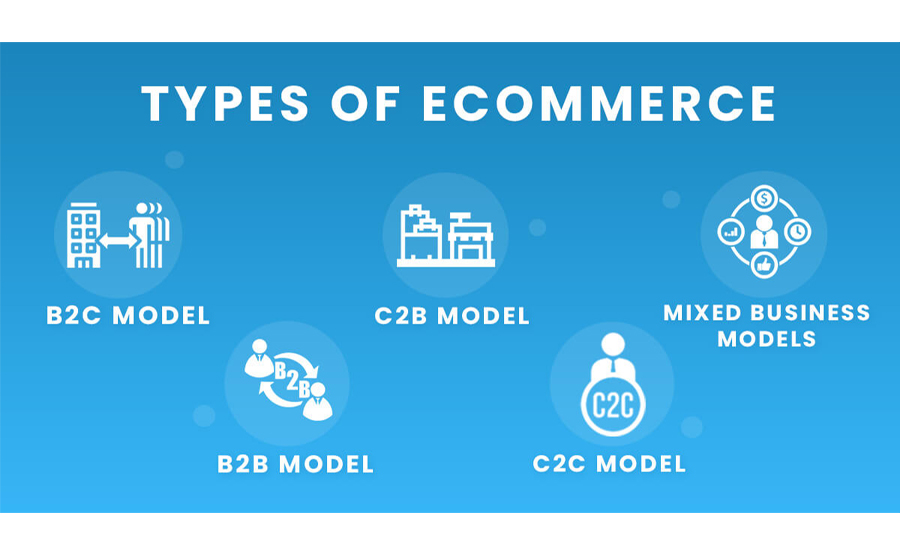
What are the advantages and disadvantages of ecommerce?
Advantages
Ecommerce transcends geographical barriers, allowing businesses to reach customers worldwide without the need for physical stores.
Online stores are accessible 24/7, providing customers with the convenience to shop at any time, leading to increased sales opportunities.
Ecommerce eliminates the need for physical infrastructure and overhead costs associated with traditional retail, such as rent, utilities, and staffing.
Ecommerce platforms offer robust analytics tools that provide valuable insights into customer behaviour, preferences, and purchasing patterns, enabling businesses to tailor their offerings and marketing strategies accordingly.
Customers can browse and shop from the comfort of their homes or on the go using mobile devices, making the shopping experience more convenient and frictionless.
Disadvantages
Ecommerce transactions involve the exchange of sensitive information like credit card details, making them susceptible to security breaches and fraud if proper security measures are not in place.
Unlike traditional retail experiences, ecommerce lacks personal interaction between customers and sales representatives, which can sometimes lead to a disconnect and lower levels of trust.
Shipping costs and delivery times can vary, and unexpected delays or issues with logistics can result in dissatisfied customers and negative reviews.
Maintaining and updating ecommerce platforms requires technical expertise, and businesses may face challenges related to website maintenance, software updates, and troubleshooting technical issues.
The ease of entry into the ecommerce market has led to increased competition and market saturation, making it challenging for new businesses to stand out and gain traction.

E-commerce applications
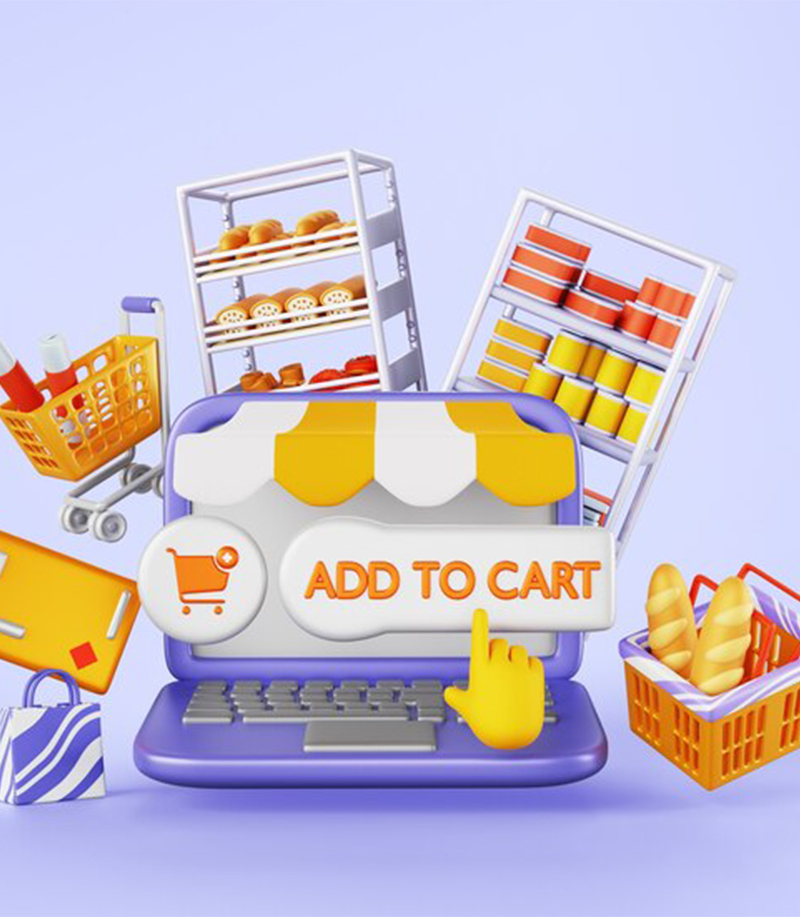
Online marketing techniques are employed by many e-commerce apps
to enhance user experience and encourage platform usage. Email, online catalogues,
shopping carts, file transfer protocols, web services, electronic data interchange
(EDI), and mobile applications are a few examples of these.
These strategies are applied to outreach efforts in addition to B2C and B2B
e-commerce activity. These consist of texting mobile devices and subscribers with
tailored advertisements and e-newsletters. Since sending unsolicited emails and
texts is usually regarded as spam, more businesses are attempting to attract
customers online by utilising instruments like social media marketing, digital
coupons, and tailored ads.
Security is an additional area of concern for e-commerce businesses. When creating
e-commerce apps, developers and administrators should take regulatory compliance
requirements pertaining to data governance, privacy and security of consumer data,
laws governing the use of personally identifiable information, and information
security measures into account. When some security features are included when an
application is being designed, others need to be updated on a regular basis to
handle new threats and vulnerabilities.
Types of E-commerce Revenue Models

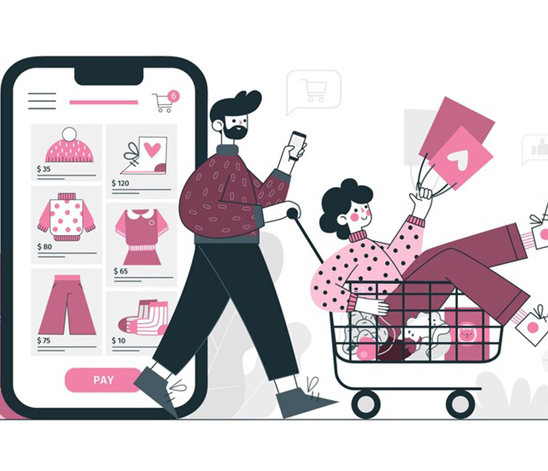
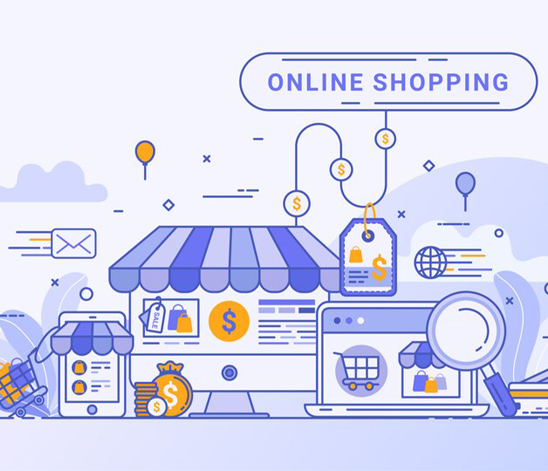
Dropshipping
Dropshipping, which is frequently seen as one of the more straightforward e-commerce models, enables a business to open an online store, make sales, and then rely on a supplier to deliver the product. The online retailer receives money for the sale by PayPal, credit card, bitcoin, or another digital currency. The order is then forwarded to the dropship supplier by the online store. This supplier packages the products, delivers the product to the buyer, and keeps an eye on the items warehouse.
White-Label
White-label online retailers make use of products that are already well-selling and are offered by another business. Following an order from a consumer, the e-commerce business takes the pre-existing goods, repackages it with a new label and package, and ships it to the client. Although the e-commerce company has little to no say in the product they receive, the company usually faces little to no in-house manufacturing constraints.
Private Labelling
For businesses that might not have significant upfront costs or who lack a factory to produce items, private labelling is a better e-commerce strategy. Plans are sent by private label online retailers to a subcontracted manufacturer who produces the goods. Additionally, the manufacturer might be able to ship straight to the client or straight to the business that is receiving the order. Businesses who might receive on-demand orders with quick turnaround times but are unable to handle the capital investment needs are best suited for this e-commerce strategy
Subscription
E-commerce businesses can also benefit from recurring business
and devoted clientele by introducing subscription services. The online retailer will
put together a bundle, launch additional items, and provide a locked-in monthly rate
in exchange for a long-term commitment for a set fee.
The customer receives their subscription order at a set frequency and just needs to
place one order. Meal prep services, farm boxes, fashion boxes, and health and
grooming items are examples of popular subscription e-commerce products.
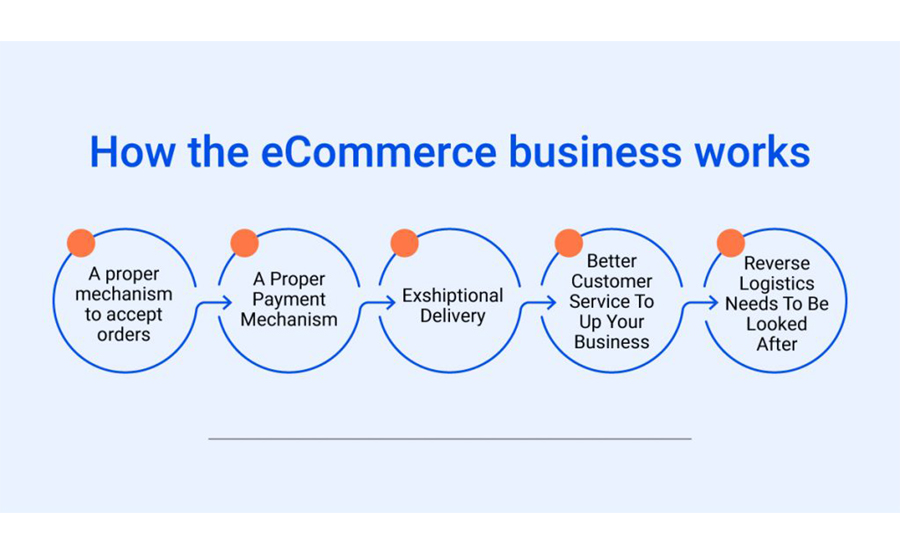
What Is the Difference Between E-commerce and E-business?
E-commerce, which is merely a subset of e-business, is the online buying and selling of goods and services. An e-business is a company that operates entirely online. To put it simply, it refers to all activity associated with an internet business.
What Is the Difference Between History of E-commerce
The history of ecommerce can be traced back to the 1960s when electronic data interchange (EDI) emerged as the precursor to modern ecommerce.
Early Development (1960s-1970s)
Electronic Data Interchange (EDI): EDI allowed businesses to exchange business documents electronically, laying the foundation for automated transactions between companies.
Emergence of the Internet (1980s-1990s)
Introduction of ARPANET: The precursor to the modern
internet, ARPANET, was developed in the late 1960s and gradually evolved into the internet
we know today.
● Innovations in Networking Protocols: Technologies such as TCP/IP and HTTP paved the way
for the development of the World Wide Web, making it easier to share information and conduct
transactions online.
● First Online Transactions: In 1994, the first secure online purchase was made using
encryption technology, marking a significant milestone in the history of ecommerce.
● Rise of Online Marketplaces: Companies like Amazon and eBay were founded in the mid-1990s,
revolutionising the way people buy and sell goods online.
Dot-com Boom (Late 1990s)
● Rapid Growth of Online Retailers: The late 1990s saw a
proliferation of online retailers and marketplaces, fueled by the dot-com boom and
increasing consumer adoption of the internet.
● Introduction of Payment Gateways: Payment gateways like PayPal emerged, providing secure
payment processing solutions for online transactions.
Maturation and Diversification (2000s-Present)
● Expansion of E Commerce: Ecommerce continued to grow and
diversify, with the emergence of new business models such as subscription services, digital
downloads, and mobile commerce.
● Advancements in Technology: Innovations in technology, including mobile devices, cloud
computing, and artificial intelligence, have further transformed the ecommerce landscape,
enabling personalised shopping experiences and streamlining logistics and supply chain
operations.
● Globalisation of Ecommerce: Ecommerce has become increasingly global, allowing businesses
of all sizes to reach customers around the world and participate in cross-border trade.
The Future of
Ecommerce
As we look to the future, the possibilities for ecommerce are limitless. Augmented reality
(AR) and virtual
reality (VR) technologies promise to revolutionise the online shopping experience, allowing
consumers to
interact with products in immersive digital environments. Furthermore, the rise of
blockchain technology holds
the potential to enhance transparency and trust in ecommerce transactions, opening up new
opportunities for
decentralised marketplaces.
Summary
Ecommerce has come a long way since its inception, and its journey is far from over. As technology continues to advance and consumer preferences evolve, businesses must remain agile and adaptable to stay ahead of the curve. By embracing innovation, prioritising the customer experience, and staying true to their values, businesses can navigate the waves of ecommerce with confidence and success.
As we bring our journey through the world of ecommerce to a close, one thing is abundantly clear: the future is bright. With innovation as our compass, customer-centricity as our guide, and global expansion as our destination, the possibilities are endless. At StacksNova GlobalCorp, we're excited to continue pushing the boundaries of ecommerce, helping our clients thrive in the digital age and shape the future of commerce for generations to come. Join us as we embark on this journey together, and together, let's redefine what's possible in ecommerce.
Let's get in touch
Share:
Related posts
- Home
- About
- Services
-
Solutions
- Solutions
- Enterprise Resource Planning (ERP)
- HR / Payroll Management (HRMS)
- Rental Management
- Inventory Management
- Facility Maintenance
- Warehouse Management
- Educational Management
- Machine Maintenance
- Preventive Maintenance
- Quality Report Management
-
- Case Studies
- Blogs
- Career
- Contact





Write a comments